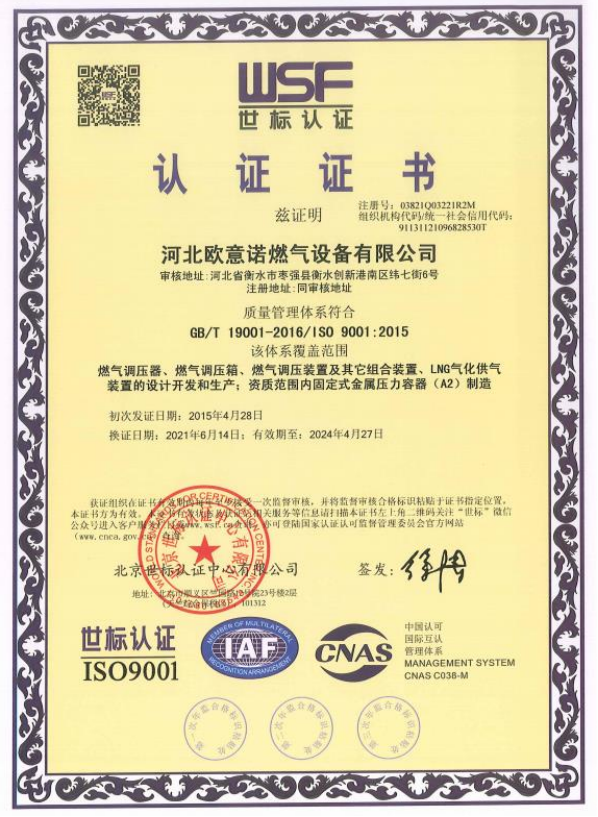
Nov . 02, 2024 10:20
Back to list
electric regulating valve
Understanding Electric Regulating Valves An Essential Component in Modern Automation
Electric regulating valves are critical devices in various industrial applications, governing the flow of fluids and gases with precision and reliability. These valves integrate electric actuators with traditional valve mechanisms, providing enhanced control over process parameters. As industries increasingly turn to automation, the role of electric regulating valves has become even more significant.
One of the primary functions of an electric regulating valve is to maintain desired flow rates, pressures, and levels within a system. By adjusting the valve's position based on feedback from sensors, these devices ensure optimal performance and efficiency. This capability is especially vital in industries such as oil and gas, chemical manufacturing, water treatment, and HVAC systems, where maintaining specific operational conditions is crucial for safety and efficiency.
The operation of electric regulating valves is typically based on either on/off control or proportional control. On/off control is straightforward the valve is either fully open or fully closed. While this method is suitable for simple applications, it lacks the granularity needed for more complex systems. Proportional control, on the other hand, allows for more sophisticated manipulation of the valve position. This type of control continuously adjusts the valve to match the required setpoint, leading to smoother operations and reduced wear on the mechanical components.
electric regulating valve

Electric regulating valves also feature advanced technology, including smart sensors and communication capabilities, allowing for integration into larger control systems. This technological integration enables real-time monitoring and adjustments, promoting predictive maintenance strategies that can significantly reduce downtime and operational costs. The ability to connect with supervisory control and data acquisition (SCADA) systems or programmable logic controllers (PLCs) enhances overall system reliability and efficiency.
Moreover, the versatility of electric regulating valves allows them to be employed in diverse applications. For instance, in the pharmaceutical industry, precise flow control is essential for maintaining product quality and compliance with regulatory standards. Similarly, in wastewater management, these valves help regulate the flow of treated water, ensuring environmental protection and adherence to legal requirements.
In conclusion, electric regulating valves represent a blend of traditional engineering and modern automation technology. Their ability to provide precise flow control and integrate seamlessly into automated systems makes them indispensable in many industries. As technology continues to advance, the evolution of electric regulating valves will likely pave the way for even greater efficiencies and capabilities, cementing their role in the future of industrial automation.
Next:
Latest news
-
Safety Valve Spring-Loaded Design Overpressure ProtectionNewsJul.25,2025
-
Precision Voltage Regulator AC5 Accuracy Grade PerformanceNewsJul.25,2025
-
Natural Gas Pressure Regulating Skid Industrial Pipeline ApplicationsNewsJul.25,2025
-
Natural Gas Filter Stainless Steel Mesh Element DesignNewsJul.25,2025
-
Gas Pressure Regulator Valve Direct-Acting Spring-Loaded DesignNewsJul.25,2025
-
Decompression Equipment Multi-Stage Heat Exchange System DesignNewsJul.25,2025

